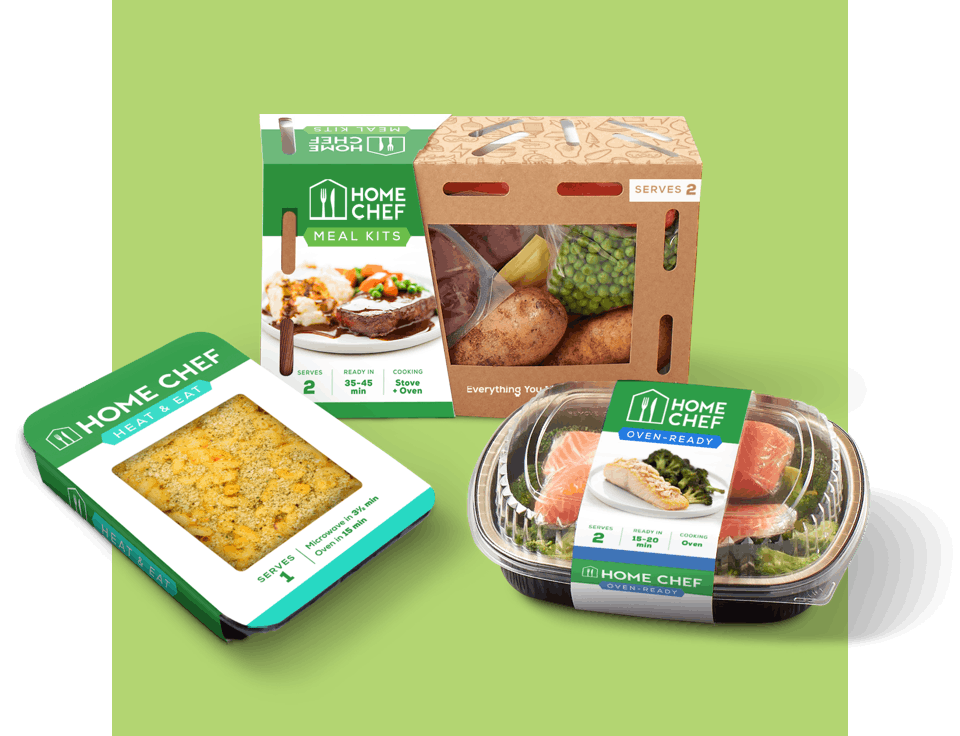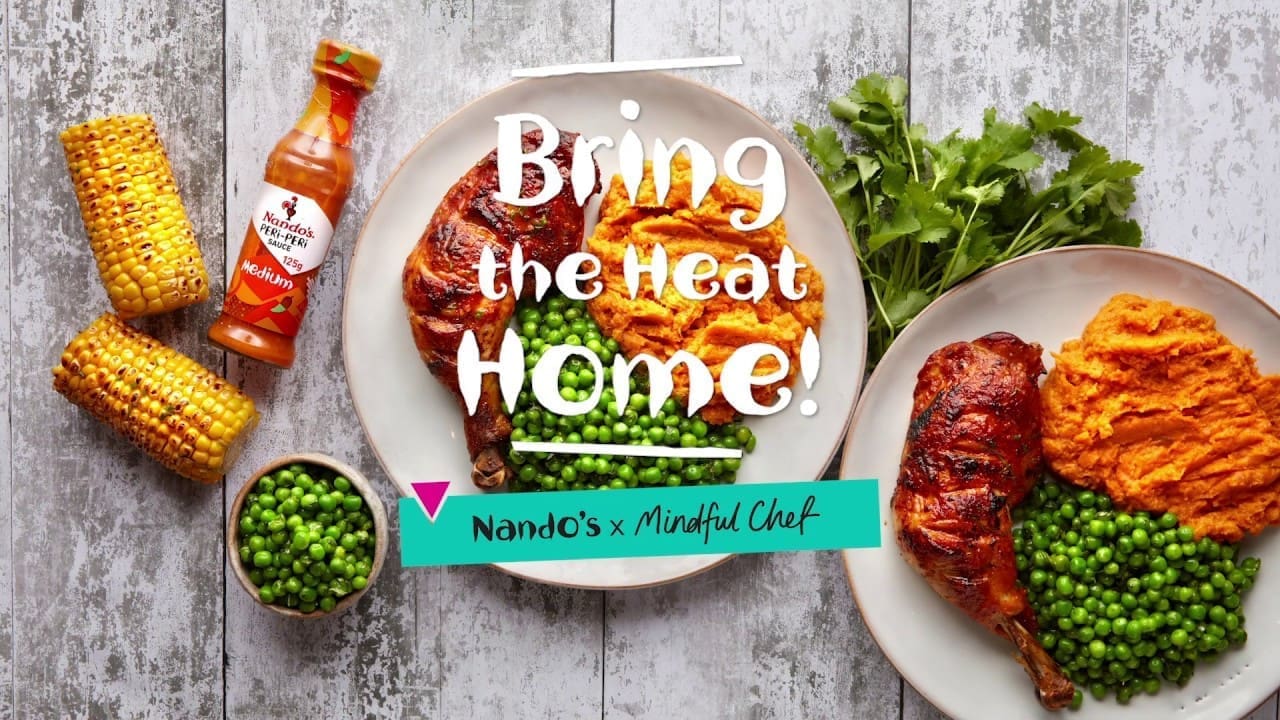As Global Food and Drink Analyst Ayisha Koyenikan told The Observer, one sector that has performed particularly well during the pandemic is meal kit delivery services. Savvy meal kit operators have tapped into the festive season opportunity last month, making the most of the sector’s current boom – but how can they maintain momentum this new year?
Meal kit delivery companies profited from the pandemic
The pandemic gave meal kits a boost, with consumers turning to them for a guaranteed source of meal solutions as shopping in stores became harder and less desirable. As of April 2020, nearly half of UK consumers were limiting the amount of time they spent in stores. Frazzled cooks, tasked with preparing more home-cooked meals, also sought inspiration and relief from food preparation.
There are many challenges, however, that meal kit delivery brands must overcome to keep their popularity beyond the pandemic. Prior to COVID-19, the sector suffered a serious subscriber retention problem. Whilst consumers were interested in the format, these kits are sold at a huge price premium, making the service unappealing to lower-income households. Over in the US for example, more than two-thirds of consumers agree that these meal kits are too expensive if there is no coupon/discount. In the UK, more than one-third of consumers are cutting back on non-essential spending since the start of the outbreak. As we face the most severe economic recession in nearly a century, subscription companies will have to offer more than basic convenience and shift the perception of value to retain customers.
Asides from price, threats to meal subscription services comes from the fact that soon, consumers will learn to live fuller lives alongside the threat of COVID-19. The upturn in online shopping will be a legacy of the pandemic, but the introduction of COVID-19 vaccines, the eventual easing of lockdown measures and the sheer fatigue of living lives behind closed doors will mean that consumers will become bolder eventually and will return to the supermarkets again.
There are a number of strategies meal subscription companies could adopt to add value, and therefore garner a more favourable perception of their price positioning. Here are just three:
Make ‘easy’ an easier option
While the idea of easy prep and instructions defines the category, there is room for operators to expand offerings to include even easier options, answering consumer demand for convenience without a sacrifice in quality. US-based company Home Chef, for example, appeals to customers who are not as comfortable in the kitchen, with an ‘oven-ready’ kit range that includes not only pre-measured ingredients but even the baking trays to cook them in.

Home Chef offers oven-ready meal kits for busy customers (US)
Source: Home Chef
US online meal kit company Sun Basket went even further, introducing Fresh & Ready meals in Aug 2020, which need no preparation at all and are packaged in premium wood trays that are ready to go straight into the oven or microwave.
Collaborate with foodservice brands
It will be difficult to reverse the perception that meal kits are expensive as long as consumers compare their cost to other home-cooking options. The price premiums of the delivery kit model appear much more favourable when compared to the price of eating out at a restaurant. Concepts such as the Mindful Chef’s recent collaborations with Nando’s and Leon which both launched in the UK during lockdown could appeal to those consumers who either can’t afford restaurant prices due to the economic downturn, or that remain cautious about entering foodservice premises.

Mindful Chef’s recent collaboration with Nando’s (UK)
Source: Mindful Chef
Use kits to connect people as they keep their distance
With guidance around meeting up with individuals outside our immediate households ever-changing, there is a growing opportunity for product solutions that connect people. Meal kit marketers can highlight the idea that the step-by-step cooking process they provide makes them ideal as a shared experience among family or friends, whether the sharing is done in person or virtually.
A growing need for collective experiences is observed amongst those who are now working from home permanently/more frequently and who can no longer socialise over work drinks/dinner in person. Meal delivery companies can take inspiration from the likes of Brazilian catering company Box Gastronomy, which has launched a happy hour kit delivery service designed exclusively to serve virtual professional interactions during quarantine. The kit contains beer and six different appetisers, delivered to staff members participating in the virtual catch up.
Outside of these opportunities, there are other ways brands can attempt to embed themselves into consumers’ weekly routines in 2021. We have observed brands targeting new consumer groups, such as young children to help parents teach them cooking skills, and other brands focusing on additional eating opportunities such as breakfast, lunch or snacks for those working from home. Providing desserts and home baking kits is also another avenue for further exploration.







































